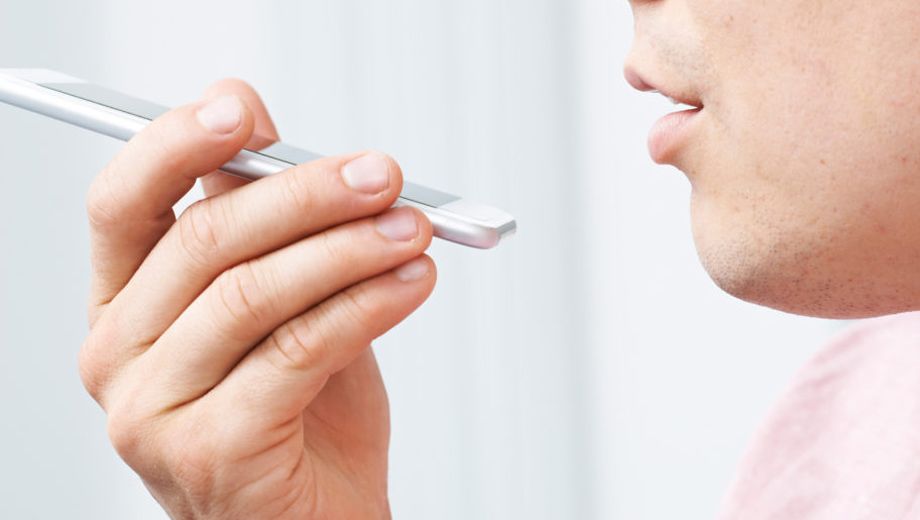Google Assistant brings Google's AI smarts to the iPhone, but Siri is still better for Apple users.
Some people think Google's virtual assistant beats Siri in reliability and capability. That may be true on Google's own devices, like the Pixel smartphone, but the Assistant is hobbled on the iPhone.
During the keynote at the Google I/O conference this week, the internet giant unveiled a version of its Assistant as an app for the iPhone.
It has a slick design, integrates the company's ubiquitous search engine, and taps into Google services like Gmail and Google Calendar.
The crowd of developers in the audience cheered: millions of new iPhone users to reach for innovative voice-based interactions.
But the reality for iPhone users is that the Google Assistant will probably never beat Apple's Siri on its home turf.
That's bad news for Google, which wants its voice-based technology everywhere. Here are some of the limitations:
You have to download it from the App Store. While Siri is fully baked into the iPhone from the first time you turn it on, the only way to get Google Assistant on your iPhone is to download it from Apple's App Store.
This may seem obvious as it is a third-party program, but the process of finding the app, installing it, and placing it in an ideal spot on your home screen is significant friction that will likely limit adoption and usage.
On Google's Pixel phone, there are none of these potential road blocks.
You can't launch it with your iPhone's home button or with your voice. To launch Siri on your iPhone, you just click the home button for a couple of seconds. You can also say "Hey, Siri" if you have more recent hardware.
With the Google Assistant app, you have to either use a shortcut in the widget panel left of the iPhone's first home screen or find the app icon.
You also can't launch the app by saying "OK, Google," but you can use the phrase if you already have the app open. This relatively small inconvenience can be a deal breaker as one of the selling points of a comprehensive voice assistant is to avoid tapping and switching between different apps.
You can't tap into basic iPhone functions and settings. Siri is one of the quickest ways to turn on Airplane Mode, or Do Not Disturb, or create alarms. Google Assistant on the iPhone can't integrate deeply enough into Apple's iOS operating system to pull off those actions.
It does let you input calendar appointments, set timers, jot down shopping lists, look up contacts, and get reminders, but all of that functionality works only with Google's own services. If you're in the iCloud ecosystem – using built-in core mobile features like Apple's calendar or contacts – you'll probably stick with Siri.
You can't launch apps, search some Apple content stores, or pull up photos. One of the most handy Siri features is the ability to search for App Store apps, iTunes movies, and photo albums with your voice. Google Assistant can't tap into those features, although you can search for Apple Music songs and it will send you to that app.
Similarly, you can't ask Google to launch Apple apps on your iPhone, like the calculator or a sports news app, but you can launch many Google-made apps that are installed on the iPhone.
You can't integrate with other non-Google apps on your iPhone. Siri sends you seamlessly into Uber or Lyft apps to order a ride, send a text message via WhatsApp, or post to Twitter.
With Google Assistant on the iPhone, the extent of most app integration ends at Google services like YouTube and Gmail. (Google says Apple Music is again an exception).
Google has chat bots (called Actions on Google) for various news, productivity and travel services, but there are limitations since the system is not tapping into actual apps on the iPhone. Google says deeper third-party app integration is coming.
Integrated Apple services typically require an extra step. While many Apple apps and services don't play nicely with Google Assistant, some do work. Namely, text messaging, and making phone calls. However, texts and calls require an extra step.
Asking Siri to send a message, or call a colleague puts Apple's assistant to work instantly. Google's Assistant requires tapping an extra button to confirm those actions.
You can't easily use it in the car. Siri is deeply integrated into your car's Bluetooth system. Users can either hold down the iPhone home button, hit an assigned key on a steering wheel, or say the Siri voice command. Google Assistant on iPhones doesn't have this level of integration, making it a non-starter in the car.
Altogether, unless you are deeply in the Google ecosystem, using Google Assistant on the iPhone is a pain compared to Siri.
Of course, over time, it is possible that Apple will open up more functionality to the Google Assistant. For now, however, Google Assistant on the iPhone does have one or two advantages over Siri, even for those in the Apple apps and services world.
You can type into the Assistant. This is great for situations where you want to quickly get a task done without speaking out loud. And if you have a Google Home speaker, the Assistant on the iPhone integrates well with that device for controlling other connected home gadgets.

Hi Guest, join in the discussion on iPhone voice apps compared: Siri vs Google Assistant